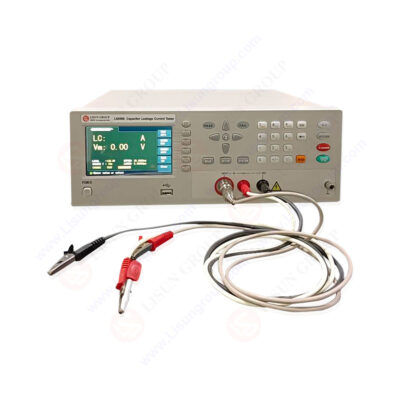
Dual Nature of Electrical Power
Electricity is an indispensable resource in modern society, playing a crucial role in our daily lives and industrial activities. However, electricity also poses potential dangers. Electrical leakage and current leakage can threaten personal safety and even cause fatal accidents. Therefore, ensuring electrical safety is a critical issue that must be addressed.
What is Leakage Current?
Leakage current is the current that flows between electrically insulated metal parts or between live parts and grounded parts through the surrounding medium or along the surface of insulation under specific voltage conditions. According to the American UL standard, leakage current includes capacitive coupling current and is the current that can be conducted from accessible parts of household appliances.
Leakage current can be divided into two parts:
• Insulation Resistance Conductive Current (I1): The current conducted through insulation resistance.
• Distributed Capacitance Displacement Current (I2): The current through distributed capacitance, which is inversely proportional to the power frequency. As the power frequency increases, the distributed capacitance current increases, and therefore the leakage current also increases.
LS6586_Capacitor Leakage Current Tester
Working Principle of Leakage Current Tester
A leakage current tester measures the leakage current unrelated to the operation of electrical appliances under working power or other power sources through insulation or distributed parameter impedance. Its input impedance simulates human body impedance.
The main components include:
• Test Power Supply: Provides a stable power source for testing.
• Impedance Transformation: Adjusts and matches the impedance in the test circuit.
• Range Conversion: Adjusts the measurement range to accommodate different levels of leakage current.
• AC/DC Conversion: Converts the measured AC and DC currents into measurable signals.
• Indication and Audio-Visual Alarm Circuit: Displays test results and alerts when dangerous leakage currents are detected.
Importance of Using a Leakage Current Tester
• Safety Detection: Timely detection of leakage problems in electrical equipment to prevent safety accidents.
• Performance Monitoring: Ensures the electrical performance of devices under normal operating conditions.
• Standards Compliance: Helps businesses and individuals ensure their equipment meets relevant electrical safety standards.
Conclusion
While providing convenience, electricity also brings potential risks. Understanding the concept of leakage current and regularly using a leakage current tester are crucial measures to ensure electrical safety. Proper testing and maintenance can effectively prevent electrical accidents, protecting personal and property safety.
LS6586 Series Capacitor Leakage Current Tester
The LS6586 series is a simple, cost-effective, highly stable, and reliable leakage current tester. It offers rich interfaces and continuously adjustable test voltage, making it suitable for various capacitor leakage current tests and diode tests. It is widely used in automated equipment.
Performance Features
High Reliability and Stability: With an LCD color display.
Measurement Range: From 0.001μA to 20.00mA with 4-digit display.
SCPI Commands: Facilitates integration into automated systems.
Automatic Test Condition Storage: Up to 50 sets internally, 500 sets via USB.
Flexible Interface Functions: Customizable for data recording, saving, and processing.
Rich Interfaces: Includes RS232, USB, Device, Handler, and optional GPIB.
Comparator Function: Enables pass/fail sorting.
USB Auto Upgrade: Convenient for customer-specific function customization.
By employing advanced tools like the LS6586 series leakage current tester, we can ensure the safety, performance, and compliance of electrical equipment, contributing to a safer electrical environment.
https://www.lisungroup.com/news/technology-news/electrical-safety-and-leakage-current-tester.html
.jpg)
Comments
Post a Comment